A BRIEF OVERVIEW OF LEAD ORE MINING IN THE ALSTON MOOR REGION OF NORTHERN ENGLAND
This section of richardson.org.au is specifically intended to outline the background and lives of the many Lead Ore Miners in the family, whom originated from the Northern Pennines region of Cumberland and Northumberland the north of the United Kingdom, and emigrated to Australia. The earliest known direct family branch member of our Richardson family who was a Lead Ore Miner, was Joseph Richardson, born in 1721 in Alston in Cumberland, Northern England.
Other relations involved in Lead Ore Mining were the Vipond, Broadwood, Bell, Calvert, Coulson, Hewitson, and Liddell families, originating primarily from around Alston and Garrigill and Allendale. A bit further away, were also the five Cochrane brothers who came to Australia in the 1850s, being coal miners and farmers from Bamburgh near the coast.
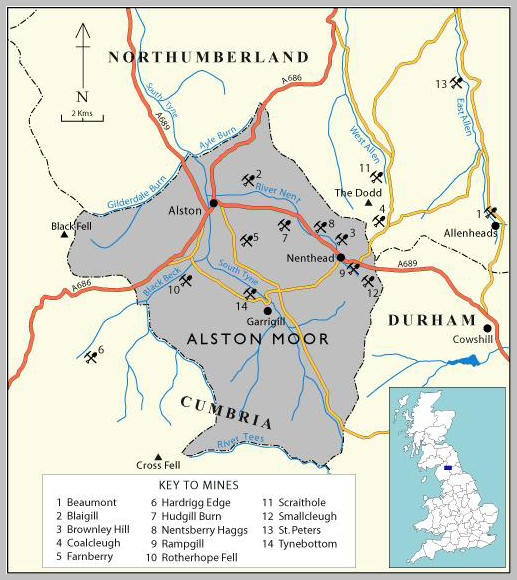
Map by Peter Briscoe per www.ukminingventures.com
All of our relations who emigrated to work the Victorian Gold Fields stayed in Australia, with the only known exceptions being John Hewistson and Mary Ann Forrester, who returned to Nothumberland in the late 1860s. Our Calvert and Coulson cousins, were quite successful on the Victorian Gold Fields near Ballarat, with their investments and involvement in the Try Again and Cleft in the Rock Gold Mines, south of Ballarat. Many family members had varying degrees of success as diggers on the Gold Fields especially near Ballarat in Victoria, as outlined per -

Background into the Gold Rush days near Ballarat Victoria.
For an extensive overview of The Try Again Gold Mine at Devils Kitchen, Surveyors Reports, Shareholders listings and details, plus a great insight of Gold Mining operations in the 1860s, please review the

Historically and geographically, Northern England has a long standing history of Lead mining dating back to when the Romans were in Cumberland, and much later when miners were granted special privelages from the King in 1282 to Nicholas de Veteripont (Vipond). The region thrived upon an extensive Lead Mining Industry for well over 200 years going by the above statistics, although it underwent some fluctuations prior to the statistics period show below. So, when the demand for local English Lead began to drop quite dramatically after the 1850's, its not surprising the very innovative and practical Lead Miners of Cumberland and Northumberland began to seriously consider the very attractive alternative of Gold Mining in California, U.S.A. or Victoria, Australia.
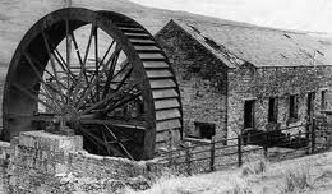
A surviving Lead Ore mine, the Killhope mine at Weardale, 20 miles from Alston. The water wheel was used to power ore crushers and washers.
Life as a miner in the 1850s, whether digging Lead in England or Gold in Australia, was harsh, tough and dangerous, in many different ways, for a variety of different reasons. Workers in lead mines as pickmen, labourers, or washers, were all subject to eventully suffering from Lead Poisioning, and those who actually worked in the mine shafts, also risked collapses, flooding, poisonous gasses, and so forth.

Hard working Lead Ore Miners at Nenthead / Tynegate UK late 1800's
Courtesy Tyndalelife web site.
From a financial viewpoint, working in a Lead Ore Mine in Northern England in the 1700s and the 1800s, did have a degree of income security for a mining family, however payment to workers was reliant upon productivity and successful returns, under what was known as the "Bargain System". According to West Allen historian Alan Swindale,
"The bargain would normally last for three months and a price would be agreed for a team at so-much per fathom of shaft driven and so-much per bing of ore raised to the surface. The price would be determined by the hardness of the rock and the richness of the seam at the agreed work location (the richer the seam the lower the price). The leader of the team of about six miners would bargain with the mine supervisor to achieve an acceptable deal but there were many uncertainties.
During the bargain the miners would be paid a subsistence wage which, along with the cost of candles, blasting powder, tool sharpening etc, would be subtracted from the amount paid for the actual fathoms driven and bings raised. If the the mining proved harder than anticipated then the miners could be out of pocket at the end of the bargain and enter the next bargain in debt. If the mine proved unexpectedly rich then they could have a bonanza and would work flat out to take advantage of it before the terms were renegotiated at the end of the bargain."
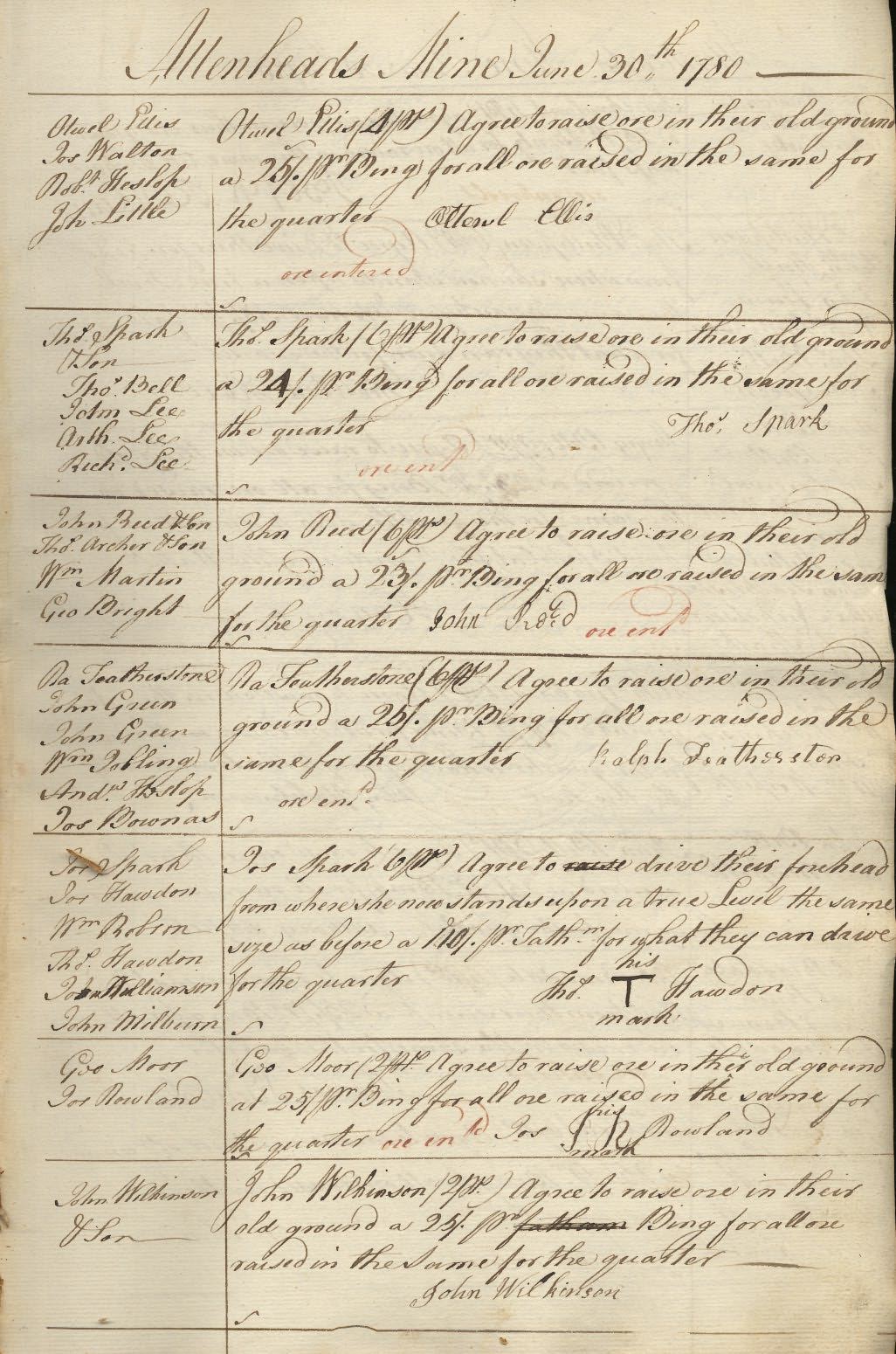
A "Bing" mentioned above has been defined as a "heap" and also "approx 8 cwt". Regardless of the agreed Bargain rate, mining Lead ore was hard and dangerous work, and it sometimes meant moving to live where the work was, should a mine end its production cycle. Young boys up to early teens often worked as Ore Washers, hurriers, and trappers, and when bigger, stronger and able, they progressed to picking or labouring.
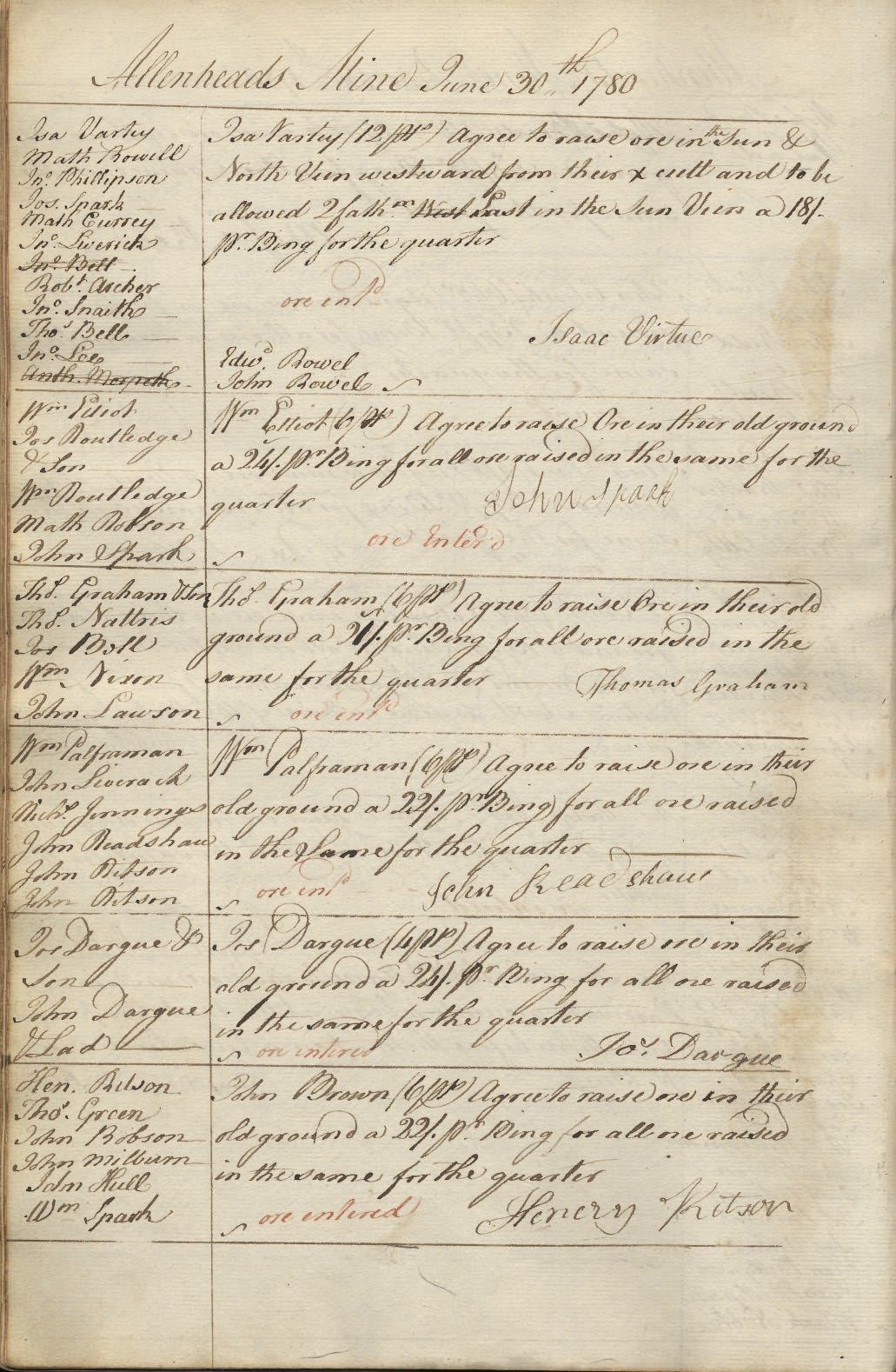
Above two Allendheads Mine Records of 1780 courtesy www.northumberland.gov.uk
Some of our Richardson relations (per ancestry.com), known to have deep family roots within this region, and close to the proximity of the Allenheads Mine, mentioned on the above Bargain Agreements, were -
Alston / Bell
Alston / Lee
Allendale / Liddell - Little
Allendale / Robson
Allendale / Spark
Garrigill / Bell
Hesley Well / Martin
Durham / Featherstone
Durham / Ritson
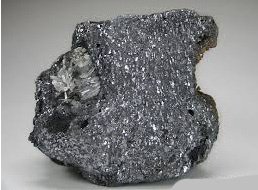
A typical Lead Ore sample - the resource that kept many families surviving in Northern England.
An extract courtesy of Wikipedia, summarises some major issues of children working in mines in the 1840s, per -
"Mines and Collieries Act 1842 (c. 99), commonly known as the Mines Act of 1842, was an act of the Parliament of the United Kingdom. It prohibited all females and boys under ten years old from working underground in coal mines. It was a response to the working conditions of children revealed in the Children's Employment Commission (Mines) 1842 report. The Commission was headed by Lord Anthony Ashley-Cooper, 7th Earl of Shaftesbury.
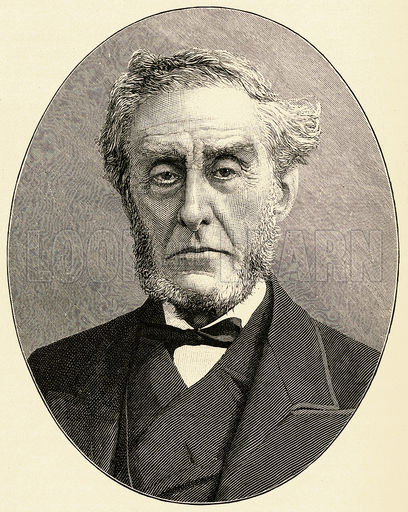
Lord Anthony Ashley-Cooper, 7th Earl of Shaftesbury - Courtesy www.lookandlarn.com
At the beginning of the 19th century methods of coal extraction were primitive and the workforce, men, women and children, laboured in dangerous conditions. In 1841 about 216,000 people were employed in the mines. Women and children worked underground for 11 or 12 hours a day for smaller wages than men. The public became aware of conditions in the country's collieries in 1838 after an accident at Huskar Colliery in Silkstone, near Barnsley. A stream overflowed into the ventilation drift after violent thunderstorms causing the death of 26 children; 11 girls aged from 8 to 16 and 15 boys between 9 and 12 years of age. The disaster came to the attention of Queen Victoria who ordered an inquiry."
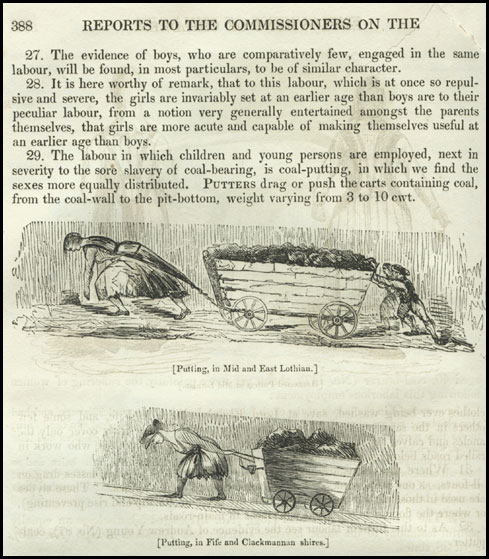
A sample engraving of childrens activities in mines from the 1842 Employment Commission Report.
"Lord Ashley headed the royal commission of inquiry which investigated the conditions of workers especially children in the coal mines in 1840. Commissioners visited collieries and mining communities gathering information sometimes against the mine owners' wishes. The report, illustrated by engraved illustrations and the personal accounts of mineworkers was published in May 1842. Victorian society was shocked to discover that children, as young as five or six worked as trappers, opening and shutting ventilation doors down the mine before becoming hurriers, pushing coal tubs."
At this stage, it is also worth reviewing a few basic statistics surrounding the U.K. Lead Mining Industry, to both create an impression of the decline of mining this heavy metal by the 1840s and 1850s, combined with the awesome attraction of battling Lead miners "striking it rich", with the news of amazing Gold Rushes in California U.S.A and in Victoria Australia.

Typical hard working Lead Ore Miners of the late 1890s.
The two big questions confronting many Lead Ore Miners facing a doubtful future in Northern England, were -
Is it worth risking starting a totally new life on the other side of the globe mining for gold?
and
will I be able to survive and support my family, if I decide to participate in the Gold rush overseas?
These were major factors all U.K. miners had to consider, especially the cost of emigration, travel to the Gold Fields, their family surviving until becoming financialy secure, payment of mining claims and fees plus Gold Mining Company Shareholder costs, and so on. There were also the concerns of leaving family behind, going to a strange and unknown country, and starting a brand new life with nothing more than what one could carry in a suitcase on a rough and ready sailing ship or steamer, on a treacherous 2-3 month journey.
Statistics shown are those from the final quarter of the year quoted, of miners employed at Alston Moor in Cumbria (the shaded area of above map), Production figures of the Pennines district per 10 year periods, and the percentage of Lead production for Great Britain in global terms - Courtesy "The Lead Miners of Northern Pennines in the eighteenth and nineteenth centuries", by C.J. Hunt.
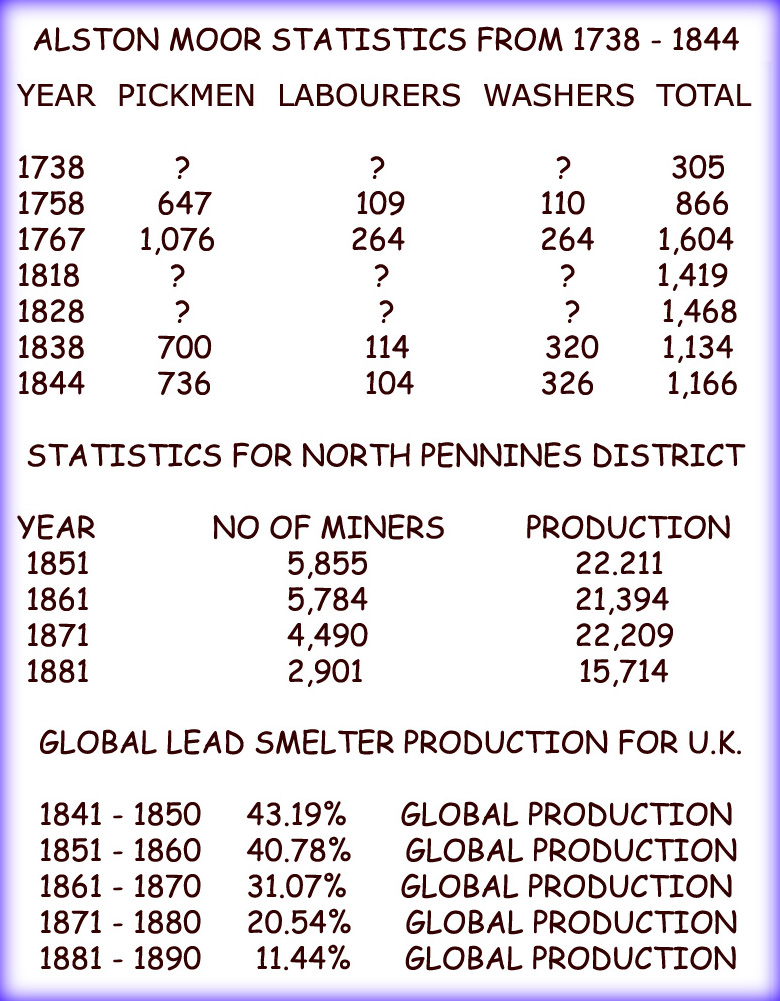
Pennines district of U.K. Lead Mining statistics summary - Courtesy C.J. Hunt via Roger Morris.
Lets start our journey back in time with a written description of Alston, from the quite detailed Ebook,
"An account of the Mining Districts of Alston Moor, Weardale, and Tynes",
By Thomas Sopwith, Land and Mine Surveyor. Original Print 1834, Alnwick by W. Davison
TOWN OF ALSTON. Page 27
The town of Alston stands on the steep base of the mountain of Middlefell, adjoining the confluence of the rivers Tyne and Nent, which are both crossed by substantial stone bridges. It contains about 400 houses, and is on the whole rather meanly built. The streets are inconveniently steep and narrow. A market-place of triangular form in the midst of the town has an old and somewhat clumsy cross in it ; and the weekly market on Saturday presents a scene of busy activity not usual in country towns.
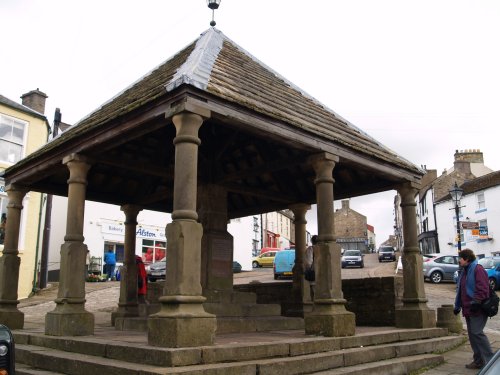
The Market Cross in Alston showing steep roads - Courtesy docbrown.info
It has been proposed to make a new market-place on the site of the Vicar's Croft, a small field in the lower part of the town, the completion of which, and the erection of some buildings on a uniform plan, would greatly improve the appearance of the place.

St Augustine Church, Alston - Courtesy visitcumbria.com
The church is dedicated to St. Austin, (St Augistine of Hippo) and stands on a commanding situation ;

St Augustine of Hippo, Born 354 Died 430 - Courtesy Wikipedia.
it was erected in 1770, is a plain and neat edifice, the interior remarkably so. The tower contains a good clock and bell. The latter was formerly the dinner bell of Dilston Castle, and its sound can scarcely fail to recall a melancholy remembrance of that unfortunate nobleman.
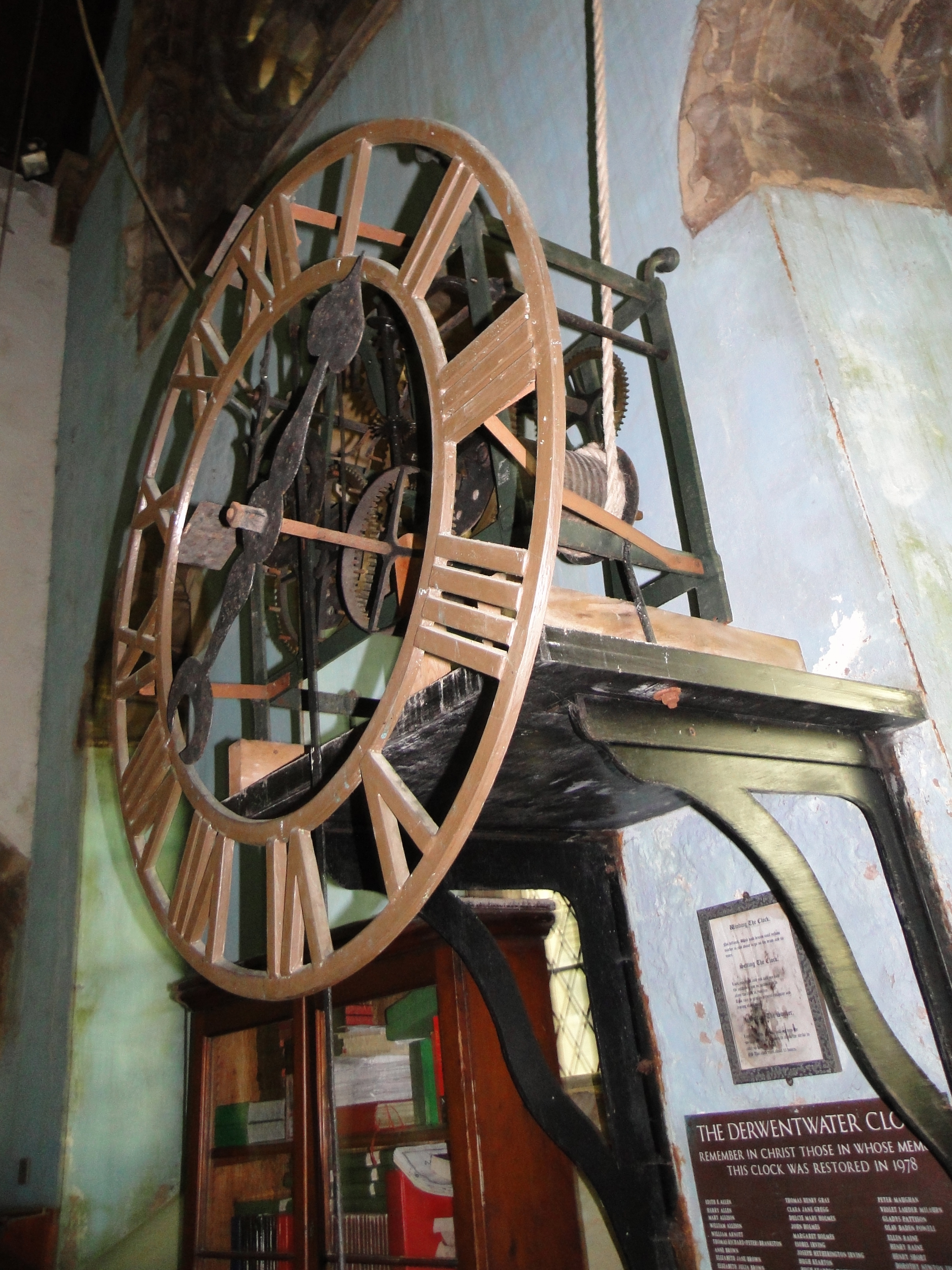
Well ring my chimes! Its the Derwentwater Dilston Castle clock and bell, in Alston - Courtesy Northern Vicar Wordpress
In the church-yard is the following singular epitaph, erected at the expense of the
sons of Crispin to commemorate an eccentric brother :
"My cutting board's to pieces split,
My size-stick will no measures meet,
My rotten lasts turned into holes,
My blunted knife cuts no more soles.
My hammer's head is from the haft ;
No more St. Mondays with the craft.
My nippers, pincers, stirrup, and rag.
And all my kit have got the bag.
My lapstone's broke, my colors o'er,
My gum-glass froze, my paste's no more.
My heel's sewed on, my pegs are driven,
I hope I'm in the road to heaven.
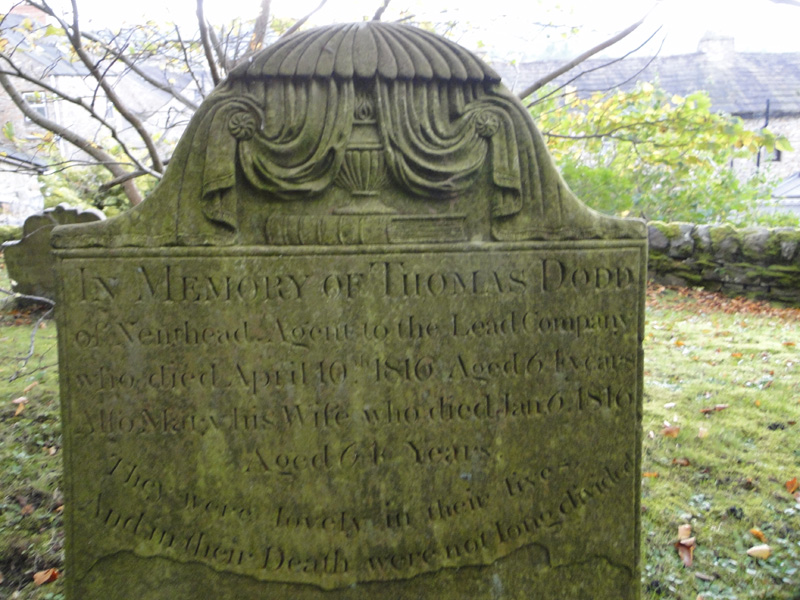
A headstone of Thomas Dodd in St Augustines churchyard, Alston - Courtesy Northern Vicar Wordpress
There are four meeting-houses in the town belonging to the Independents, Quakers Methodists, and Primitive Methodists or Ranters ; a charity school supported by subscription, where 100 children are educated gratuitously; an endowed grammar school, rebuilt in 1828, among the holiday sports of which in the olden time was that of a main of fighting cocks for a prayer-book at Easter.
Some of the books thus won are yet in possession of some of the surviving scholars. A band of music, supported by public patronage, usually
perform one or two evenings every week at Lowbyer Inn, or in fine weather make the neighbouring hills resound with melody."
BY THOMAS SOPWITH - 1834.
For extensive and very detailed historical accounts of Mining in this area, reading of
An account of the Mining Districts of Alston Moor, Weardale, and Tynes and
Alston Moor. Its Pastoral People, Its Mine and Miners, from the Earliest Periods to Recent Times.
are both thoroughly recommended - Courtesy of www.ForgottenBooks.org.
Considering the many departures of local miner heading overseas in the 1850s, the local postman at Alston, Joseph Pearson, was concerned and observant enough to jot down some relevant notes of that era, regarding the exodus of Lead Miners and local families who appeared to contract "Gold Fever". The following info and diary extract, paints quite an accurate impression of what stirred many to leave England, for many obvious reasons eg. the local mining decline, and the amazing news of Gold Mining opportunities in far off lands.
THE ALSTON POSTMAN'S DIARY - By Joseph Pearson (1797-1872)
by Basil E. Kearton. Source: The NZ Genealogist Sept & Oct 1995-6.
When the U.K. Lead mining era went into quite dramatic decline in the 1850s, families began to move away from the Alston district. In part this was due to the import of cheaper ore from the Continent and also from Australia. Not only were the Alston lead mines affected, but also those of many other nearby townships, which also suffered an exodus of workers heading overseas, and to other parts of England in the quest for work. Joseph Pearson Junior was born at Alston, on 10 March, 1797. He had been a lead miner from a young age, however, on 10 April 1845, at the age of 48, he began a new career working for the Alston Post Office, as a postman and post office messenger, with a wage of 2 shillings a week.

A modern photo of where Joseph Pearson worked in the Alston Post office back in the 1840s.
- Courtesy Google images.
When Joseph Pearson began his diary he was 52 years of age and this was kept from 1 April 1849 until 31 December 1870. His notations were written on the backs of old invoices, letters and shipping bills, and later these were roughly bound into book form. As such, he was in an ideal position to observe and record the movements of people passing through Alston. With thanks to the Kearton family of Alston, Joseph's records paint quite a clear impression of those times, as follows:
"Prices of foodstuffs at Alston as at Dec 1853 were: wheat flour 3/3d per stone, rye meal 2/, and oatmeal 2/8d per stone. Beef 6d and mutton 7d per lb. Sugar 7d per lb. Tea 3d per oz, butter 1/ per lb. Potatoes 6d per stone and bacon 8d / lb.
1848 April 12: Gone out to America --Francis Currah from Handy Bridge, 5 persons and daughter Mary and husband and child 3. Benjamin Wallace, wife and family. Thomas Thompson from Leehouse and family, 2 Hetheringtons from Ashgill and Henry Wilkinson Jun.
1849 May 10: Gone out to America --about 30 persons from Allenheads, Weardale and other places, making about 50 in all went through Alston.

Beaumont Lead mine, Allenheads, circa 1890 - Courtesy ukminingventures.com
1850 May 13: Thomas & James Nixon went to Australia. Sail Thursday.
1850 Oct 19: Joseph Bailes wife and family arrived at Alston from America.
1852 May 7: Frank Fulton's wife Betty left Alston for California.
1852 Aug 19: Peart family from Weardale for Canada.
1853 Feb 15: Jonathan Thompson, druggiest left Alston for Australia.
1853 Feb 16: 7 men and John Edgar, Thomas Walton, Joseph Hartley, Valentine Archer, and Joseph Thompson all left for Australia.
1853 Mar 10 Robert Wallace arrived from Australia bringing a nugget of gold.
1853 Sept 10 Jonathan Spark wife & family with others from Garrigill left for North America.
1854 Mar 18: Gone to North America 20 persons of the name of Dixon from Nenthead and neighborhood.
1854 May 6: William Thompson of Clitherroe, James Teasdale of Garrigill and others about 40 in all on their way to Australia.
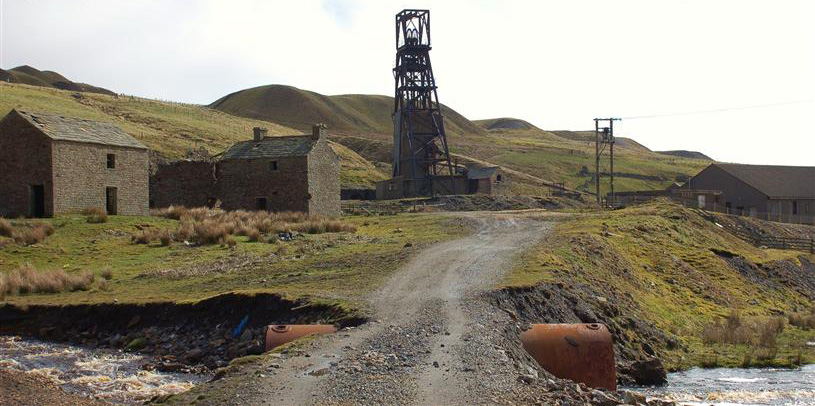
Pictured above is the Grove Rake mine, only 5 miles from Nenthead mentioned above, and a further 6 miles from Alston.
Recommended Research Links.
Durham Mining Museum is an extensive internet recsource covering mining history and records from County Durham, Northumberland, Cumberland, Westmorland, and the Ironstone mines of North Yorkshire.
Special thanks to Roger Morris from the Isaac's Tea trail - North Pennines for his input to this page.
To follow the plight of those who emigrated to Victorian Gold Rush in Australia, please click the following link

Background into the Gold Rush days near Ballarat Victoria.

Back to Site Index.

From Joseph Richardson born 1721 at Alston, U.K.

From John Richardson's descendants from 1863 born in Australia.

From John Allison born in 1801, Alston U.K.

From John Armstrong born in 1705, Haltwhistle U.K.

From Thomas Bell born 1806 of Allendale, U.K.

From James Broadwood born 1796 of Northumberland, U.K.

From William Calvert born 1791 at Kirkhaugh, U.K.

From John Clementson born 1692 in Garrigill, U.K.

From William Coulson born 1760 in Cumberland, U.K.

From Robert Cochrane born 1778 in Eglington, U.K.

From Edward Hewitson born 1794 in Kirk Linton, U.K.

From John Liddell born 1880s in Ninebanks, U.K.

From Joseph Parker born 1810 at Allendale, U.K.

From James Rowe born 1765 in Cornwall, U.K.

From Nicholas Vipond born 1655 in Alston, U.K.

Letters from by James and William Armstrong in the 1860s.
Email here re enquiries, corrections, or input to this site